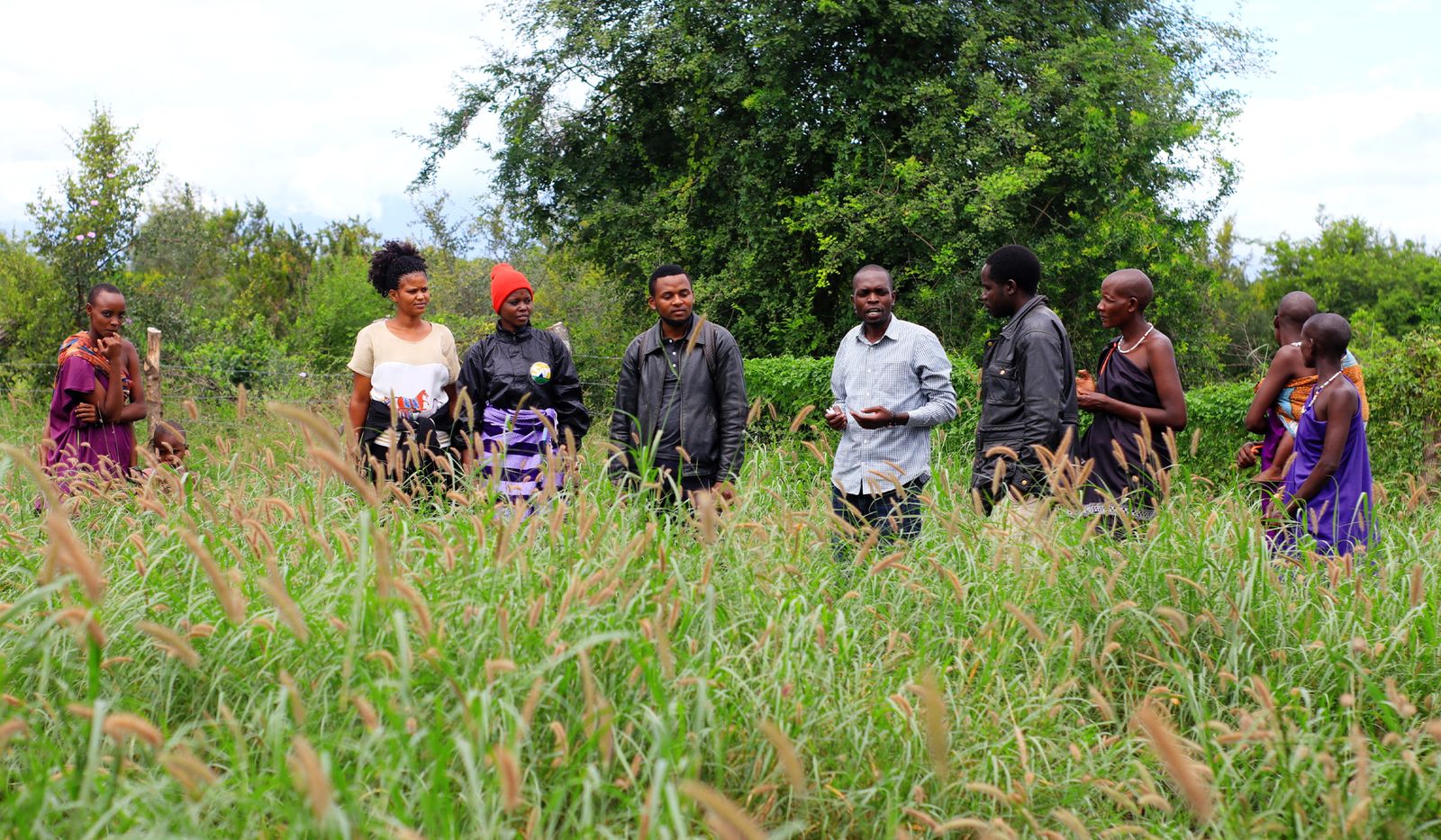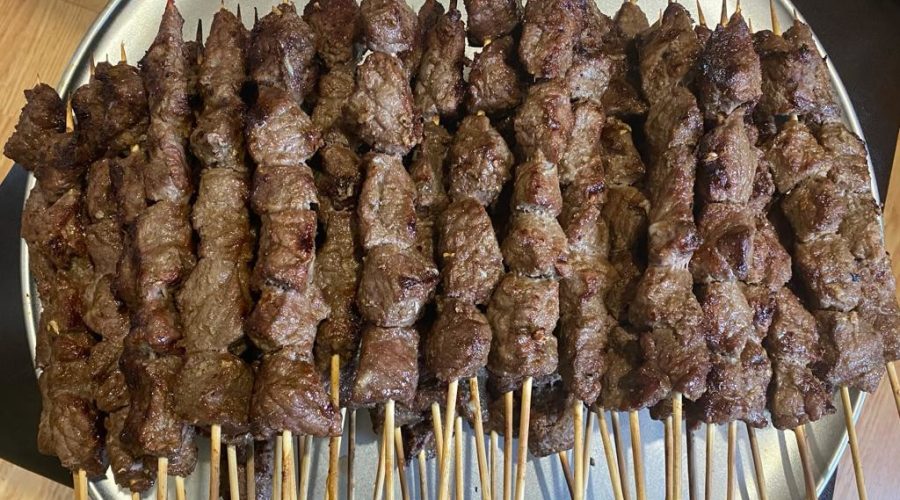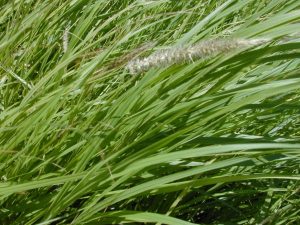 Cenchrus ciliaris is considered to be highly nutritive and excellent for pasture in hot, dry areas. It is valued for its production of palatable forage and intermittent grazing during dry periods in the tropics. The establishment of Cenchrus ciliaris, commonly known as buffel grass, among pastoralists in a semi-arid rangeland area of eastern Tanzania can provide several benefits for livestock production and sustainable land management. Cenchrus ciliaris is a drought-tolerant grass species well-suited to semi-arid environments. It has deep root systems that enable it to access water from lower soil layers, making it more resilient during dry spells.
Cenchrus ciliaris is considered to be highly nutritive and excellent for pasture in hot, dry areas. It is valued for its production of palatable forage and intermittent grazing during dry periods in the tropics. The establishment of Cenchrus ciliaris, commonly known as buffel grass, among pastoralists in a semi-arid rangeland area of eastern Tanzania can provide several benefits for livestock production and sustainable land management. Cenchrus ciliaris is a drought-tolerant grass species well-suited to semi-arid environments. It has deep root systems that enable it to access water from lower soil layers, making it more resilient during dry spells.
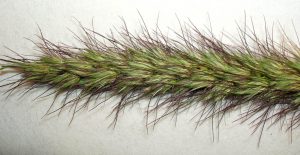 Buffel grass has high nutritional value, providing a valuable source of forage for livestock. Its leaves are palatable to animals, and it retains its greenness for longer periods compared to other grasses, even during dry seasons. By introducing buffel grass, pastoralists can potentially increase the carrying capacity of their rangelands. The availability of a nutritious forage source allows for higher livestock stocking rates, leading to improved productivity and potentially higher income for pastoralists. The establishment of Cenchrus ciliaris also can help control soil erosion in semi-arid rangelands. Its extensive root system helps bind the soil, reducing the risk of erosion caused by wind and water.
Buffel grass has high nutritional value, providing a valuable source of forage for livestock. Its leaves are palatable to animals, and it retains its greenness for longer periods compared to other grasses, even during dry seasons. By introducing buffel grass, pastoralists can potentially increase the carrying capacity of their rangelands. The availability of a nutritious forage source allows for higher livestock stocking rates, leading to improved productivity and potentially higher income for pastoralists. The establishment of Cenchrus ciliaris also can help control soil erosion in semi-arid rangelands. Its extensive root system helps bind the soil, reducing the risk of erosion caused by wind and water.
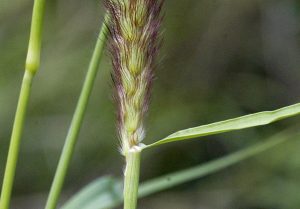 A team of researchers from the Department of Animal, Aquaculture and Range Sciences at Sokoine University of Agriculture (SUA), Morogoro, Tanzania; Ministry of Livestock and Fisheries, Rangeland Society of Tanzania and Tanzania Dairy Board, assessing the grazing land management, and perception among Maasai pastoralists. They also evaluate Cenchrus ciliaris L.(Buffel grass) establishment and biomass yield under four levels of fertilisation and three seedbeds in a semi-arid area of eastern Tanzania.
A team of researchers from the Department of Animal, Aquaculture and Range Sciences at Sokoine University of Agriculture (SUA), Morogoro, Tanzania; Ministry of Livestock and Fisheries, Rangeland Society of Tanzania and Tanzania Dairy Board, assessing the grazing land management, and perception among Maasai pastoralists. They also evaluate Cenchrus ciliaris L.(Buffel grass) establishment and biomass yield under four levels of fertilisation and three seedbeds in a semi-arid area of eastern Tanzania.
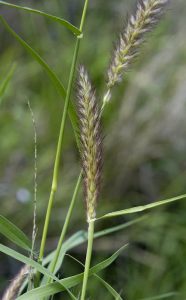 The seedbeds were not tilled (NT), tilled flat (TF) and tilled sunken (SN) with manure applied at rates of 0, 5, 10 and 15 t ha−1. The 2 m × 3 m subplots were replicated three times per seedbed-manure treatment. Communal grazing land was perceived to be in poor condition by pastoralists due to the long time spent by their livestock in search of forage. Private forage reserves for dry-season feeding were present and could be used for forage cultivation. The TF, manure at 10 and 15 t ha−1 treatments had significantly higher (p < 0.001) C. ciliaris establishment rates (97%) and biomass than other treatments. The TF10 and TF15 t ha−1 treatments had biomass values of 9.8 and 10.1t DM ha−1, respectively, by Week 10. Pastoralists preferred the TF method because of its high forage yield and low cost. Cultivation of C. ciliaris is important for livestock production and it can be established on privately owned forage reserves.
The seedbeds were not tilled (NT), tilled flat (TF) and tilled sunken (SN) with manure applied at rates of 0, 5, 10 and 15 t ha−1. The 2 m × 3 m subplots were replicated three times per seedbed-manure treatment. Communal grazing land was perceived to be in poor condition by pastoralists due to the long time spent by their livestock in search of forage. Private forage reserves for dry-season feeding were present and could be used for forage cultivation. The TF, manure at 10 and 15 t ha−1 treatments had significantly higher (p < 0.001) C. ciliaris establishment rates (97%) and biomass than other treatments. The TF10 and TF15 t ha−1 treatments had biomass values of 9.8 and 10.1t DM ha−1, respectively, by Week 10. Pastoralists preferred the TF method because of its high forage yield and low cost. Cultivation of C. ciliaris is important for livestock production and it can be established on privately owned forage reserves.
For more information: Click HERE
To ensure successful establishment, it is crucial to involve local pastoralist communities in the process. Engaging with community members and raising awareness about the benefits of Cenchrus ciliaris can foster a sense of ownership and encourage sustainable management practices. Proper grazing management practices are essential to maintain the health and productivity of buffel grass stands. Implementing rotational grazing systems, controlling grazing intensity, and allowing adequate recovery periods for regrowth are important considerations.
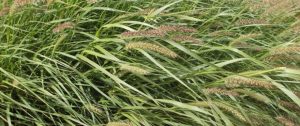
(2023). Participatory establishment of Cenchrus ciliaris forage grass among pastoralists in a semi-arid rangeland area of eastern Tanzania. African Journal of Range and Forage Science, DOI: 10.2989/10220119.2023.2219700
Other information regarding this news: Click HERE (SAT)
The Department of Animal, Aquaculture, and Range Sciences
The College of Agriculture, Sokoine University of Agriculture
Share this page

